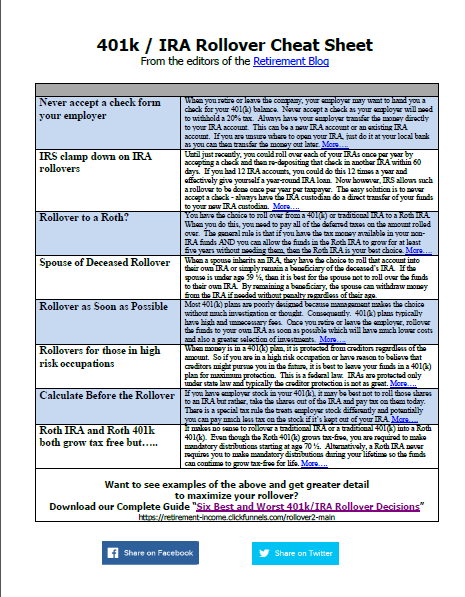IRAs prove to be very helpful for saving money for your retirement years. Whether you choose to invest in a tax-deductible traditional IRA or a Roth IRA funded with post-tax contributions, these savings vehicles offer a number of benefits designed to encourage you to save for later in life.
But if you commit a single error with these savings, you may incur an expensive IRA penalty. Avoid the common errors, which are listed below, and you will continue grow your retirement savings until needed. There are two basic mistakes which an account holder commits resulting in an IRA penalty.
The foremost among these mistakes is opting for early IRA withdrawals. Because both traditional and Roth IRAs are intended to help you save for retirement, they include provisions that trigger an IRA penalty if funds are removed before the minimum penalty-free withdrawal age of 59½. Although the specific circumstances vary depending on the type of retirement account you hold, the worst case scenario includes a 10% early IRA withdrawal penalty on top of your ordinary state and/or federal income taxes.
But there are exceptions to this rule where the early IRA withdrawal is justified and no penalty is charged. For example, these situations may include purchasing your first home, paying for medical or higher education expenses, or becoming permanently disabled. Note that there are specifics for each of these exception which an experienced accountant can explain. For example, even though one of the early IRA withdrawal exemptions is for "first time home buyers," IRS defines such a person as one who has not owned a home in the past 2 years.
One of the most common exemptions to the penalty when making early IRA withdrawals is when the withdrawals qualify as "substantially equal period payments." This is IRS rule 72t. This exemption was meant to help people who can retire early or are forced to retire early and need to tap their IRA prior to age 59 1/2. The simplified rule says that the IRA can be tapped at any age without penalty,
- if the withdrawals continue for at least 5 years or until age 59 1/2, whichever is longer, and
- the payments are equal each year as defined by formulas provided by IRS
Let's use this simple illustration of Bob who is forced to retire at age 48. He has $150,000 in a 401k from where he worked since age 21. He rolls that balance over to his IRA which has $50,000 and now has a total of $200,000 in that IRA. His life expectancy is another 36 years. We take his IRA balance, divide by 36 years and get $5,555, the annual amount that Bob can take as an annual early IRA withdrawal and be exempt from any penalty. This is a simplified explanation but gives you the idea of how early retirees can use their IRA funds while avoiding the pre-59 1/2 penalty.
Lose a Fortune on Your 401k Rollover
If you do not do any of these correctly:
- Opt for a distribution rather than direct transfer
- Rollover company stock to an IRA
- Choose to rollover to a Roth IRA
- Rollover to your new employer’s 401k
- Rollover post-tax contributions






Leave a Reply